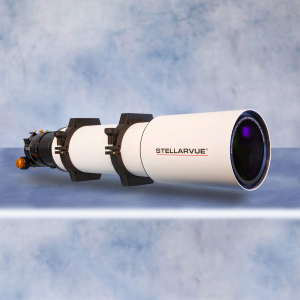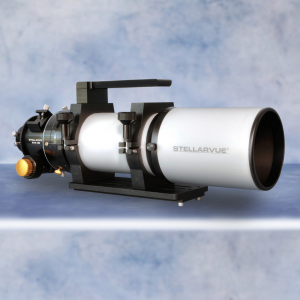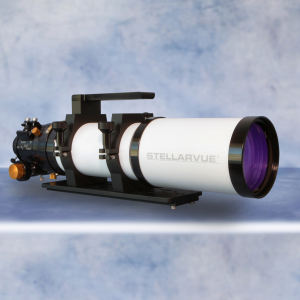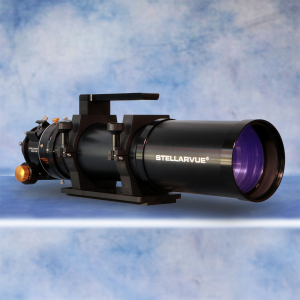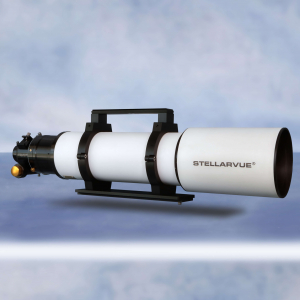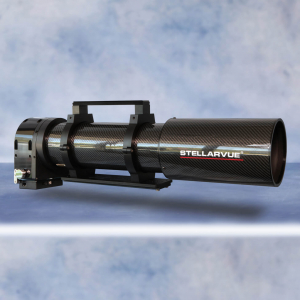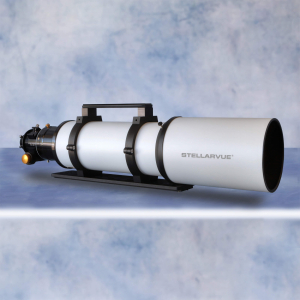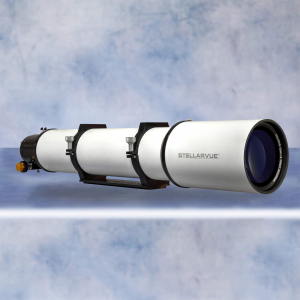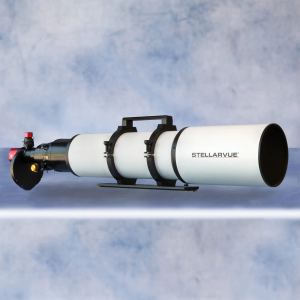SVX180T - Keyhole
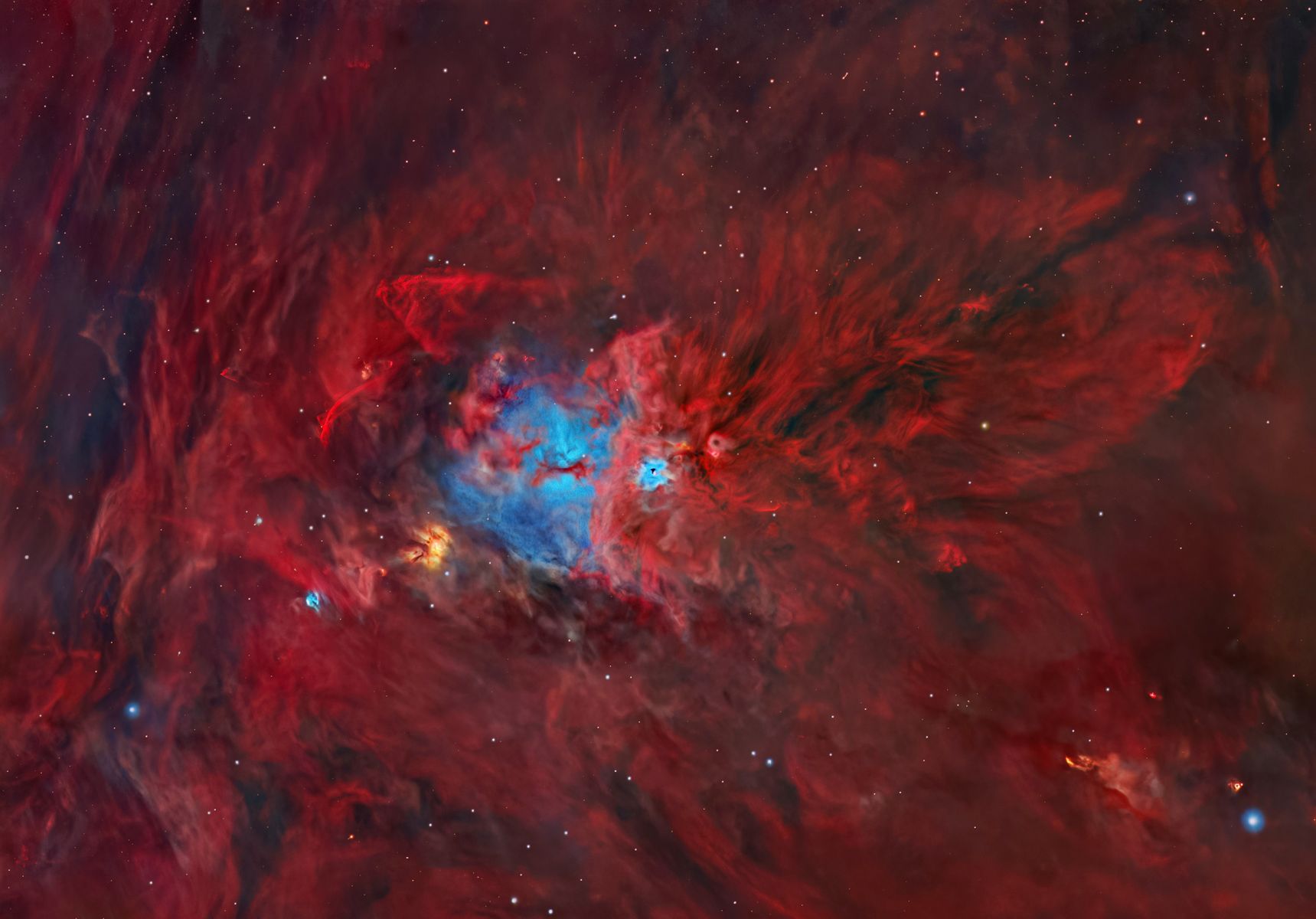

Tony Hallas caught this striking image of the Keyhole Nebula (NGC 1999) in Orion with his SVX180T. This reflection nebula lies roughly 9,000 light-years away from Earth and has a diameter of about 7 light-years. In 2009, astronomers determined that the dark patch seen in this nebula is not black because it is an extremely dense pocket of gas, but because it is truly empty.
A nearby hypergiant star called Eta Carinae, another very well-known structure within the greater Carina Nebula, has caused the Keyhole Nebula to change over the centuries. This star is simply enormous, with a mass estimated to be up to 150 million times that of the Sun and a luminosity (brightness) 400 million times the Sun. This star emits a ton of radiation and that impacts all surrounding structures, including this nebula.
Details:
The N 1499 is RGB + SHO, the N 1999 is RGB + H-a. ZWO 6200 MM + Chroma filters.
References:
Stewart, Suzy. Keyhole Nebula – Facts And Info. The Planets. Retrieved from https://theplanets.org/keyhole-nebula-facts-and-i...
APOD: May 23, 1999 - The Keyhole Nebula. (n.d.). https://apod.nasa.gov/apod/ap990523.html
Wikipedia contributors. (2024, January 7). Carina Nebula. Wikipedia. https://en.wikipedia.org/wiki/Carina_Nebula
Wikipedia contributors. (2023, December 20). NGC 1999. Wikipedia. https://en.wikipedia.org/wiki/NGC_1999#:~:text=Wi...

